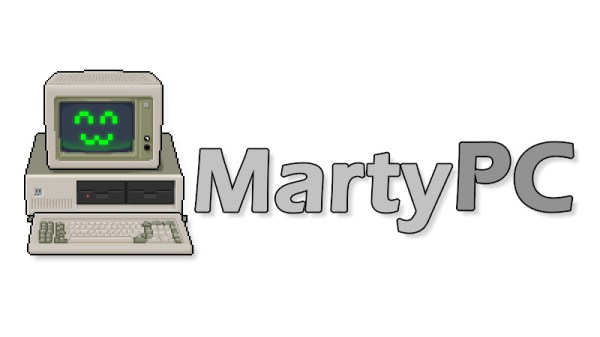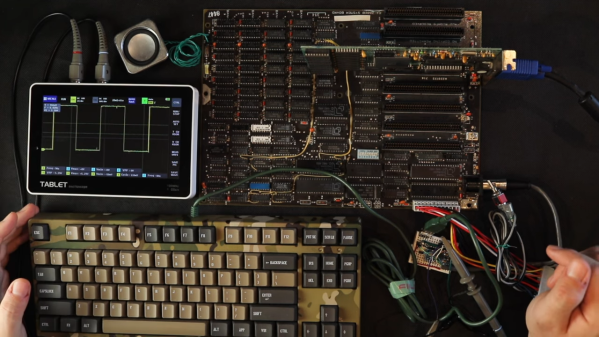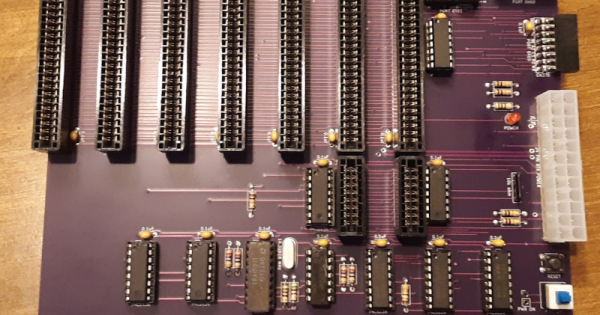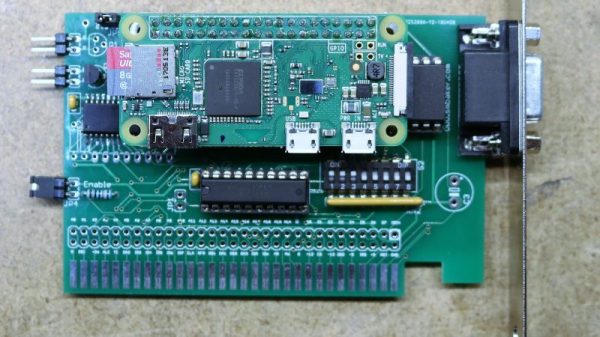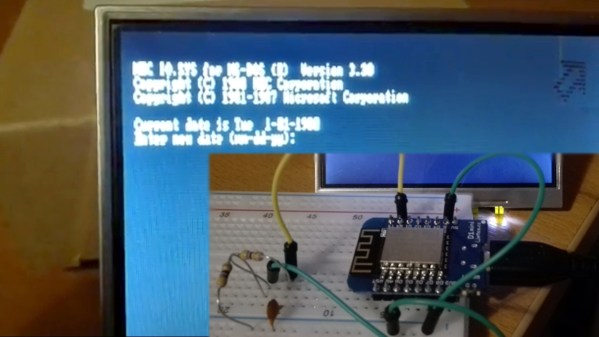While many Hackaday readers will have their own pieces of classic hardware lovingly preserved, it still remains that most of us get our fix of retro goodness through emulation. And while there are emulators aplenty for almost every platform imaginable, the world of emulation is never complete. Thus we’re happy to encounter a new player in the form of MartyPC, a cycle-accurate 8088 PC emulator written in Rust.
It’s a project that started only in April 2022, but alongside such in-depth processor support it has the full range of PC and XT peripherals including CGA and VGA cards to the extent that it will run even the most hardware-demanding demos. Below the break you can see it running the fiendishly hardware-specific PC demo Area 5150 — thought to be the first time an emulator has managed this task.
If there’s a snag it’s that the releases are so far Windows-only, though it’s claimed that it should also compile on other major platforms. There’s also a WebAssembly version, though sadly the link to it doesn’t work. We look forward to this emulator maturing, because we’re sure it will become a PC standby. After all, not everyone managed to snag one of the recent batch of new hardware.
Continue reading “There’s Always Room For Another Cycle Accurate PC Emulator”

